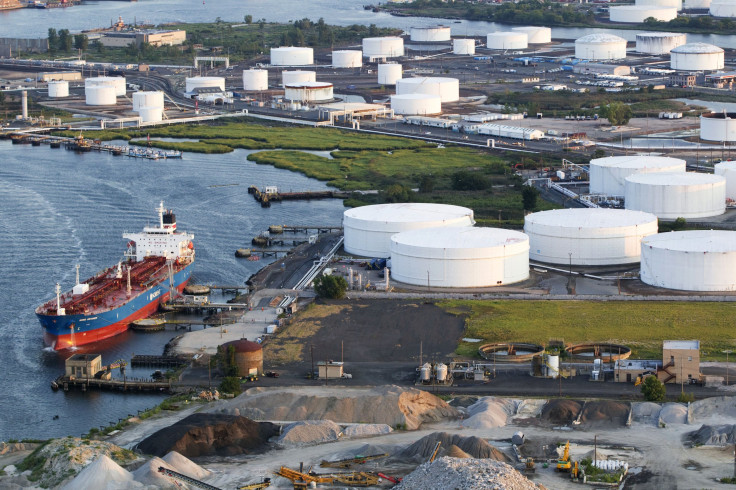The Maritime Industry Has Profited From The US Oil Revolution By Building New Domestic Tankers To Move Crude Oil

The ongoing U.S. oil boom has shipyards producing more tankers to ship domestic crude and its by-products to refineries and ports across the U.S., industry sources told International Business Times Friday.
"America's recent energy renaissance has created significant opportunities for the domestic maritime sector,” Matt Paxton, president of the Shipbuilders Council of America, told IBTimes. “Our industry views what is happening in domestic energy production as a long-term opportunity.”
Thanks to hydraulic fracturing, or fracking, and the ability to drill horizontally, oil production has rocketed, especially in the Midwest. Fracking is a drilling technique that blasts millions of gallons of water and chemicals to extract natural gas or oil from fractured rocks. The drilling technique has been heavily criticized, and some environmentalists contend fracking contaminates groundwater.
According to the U.S. Energy Information Administration, by the year 2020 the U.S. will surpass Saudi Arabia as the largest oil producer in the world.
The maritime industry has been helped by this boom because there are more domestic crude oil and by-products to ship across the U.S.
“If you looked back 10 years ago, rates in the [maritime] industry were not very good, people were not making investments in building or even operating ships … Now you are seeing the tide shift a little bit, where the demand side of the equation for domestic shipping is at an all-time high, and that is clearly a reduction of imports of crude oil,” an industry source from a major maritime association said.
Until recent years, U.S. crude was shipped north and east, but as more oil was produced in the upper Midwest and in Canada, refineries in the eastern and northern U.S., as well as Canada, have not been able to keep up with the glut. That created the need for more pipelines to move the crude to the Gulf Coast.
The problem that refiners in the Gulf Coast face now is having to refine light sweet crude coming down from the new source in the Midwest. Most of the refineries in the Gulf are configured to deal with heavier crude oils. Experts say that a glut of light sweet crude will start to pile up in the Gulf since refiners cannot handle the crude.
“Refineries in the Gulf historically have bought heavier crude oils … You probably will see more of the … crude oil ‘near-coastal’ so it will move from Houston to Louisiana to the refineries there … some will move from the Gulf to the East Coast, you might even see them going to the West Coast to meet refinery demand there,” the industry source said.
Paxton, who represents 45 companies that own and operate more than 85 U.S. shipyards, said that one of the most important opportunities that the oil boom created is the rise in new construction orders for Jones Act tank vessels that move out crude and refined products between the Gulf of Mexico and the rest of the country.
The Jones Act was enacted in 1920 to protect sailors and maritime industry interests. Under the act, no foreign-flagged ships are allowed to transport goods or products from one U.S. port to another. The vessel has to be a U.S.-operated ship in order to transport goods.
“We are witnessing the long-term investments being made in U.S. shipyards – even with current law permitting exports in certain instances. Jones Act tank vessel capacity will continue to grow to meet the demands of America's changing domestic energy landscape, serving as a safe, efficient and cost-effective way to transport product," Paxton said.
© Copyright IBTimes 2024. All rights reserved.





















